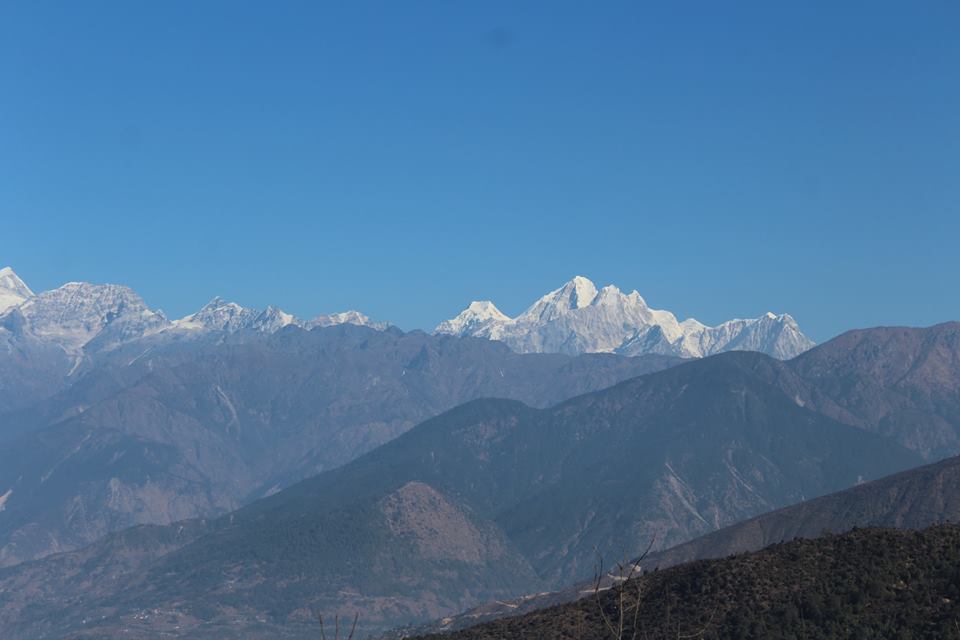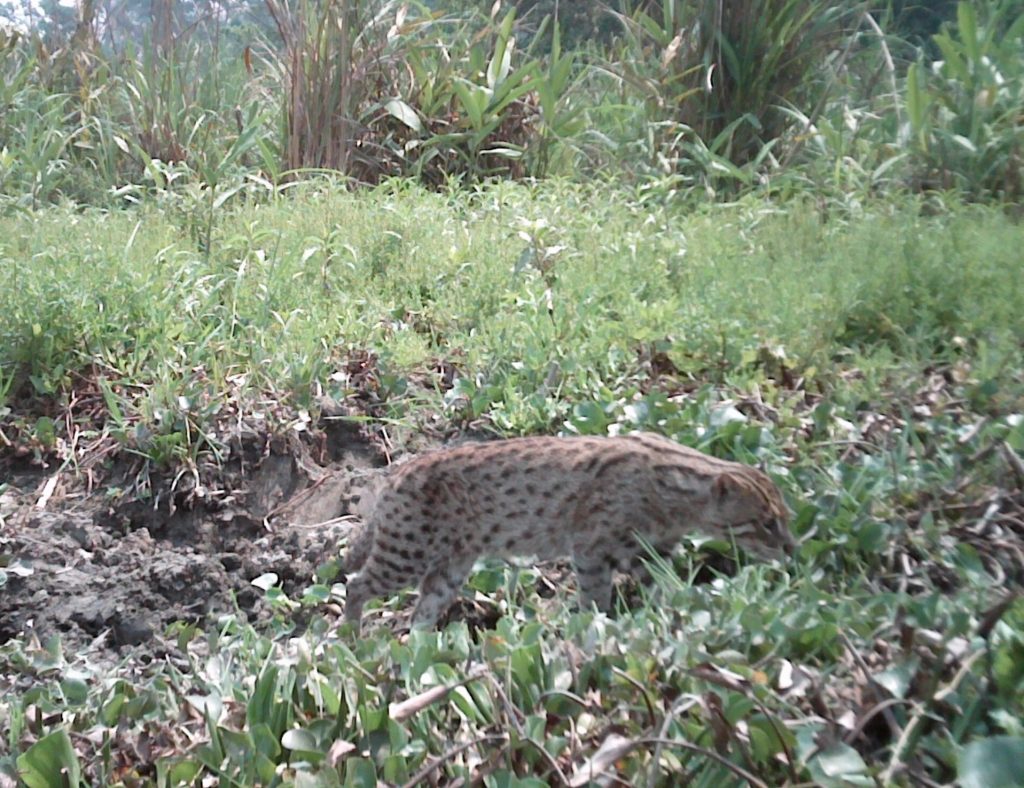Climate Change, the challenge to “Protect Our Species”


After the massive industrial development in North America by the late 1960s, environmental problems like air pollution, river pollution and forest degradation were in serious disrepair condition.
In 1969, the Wisconsin Senator Gaylord Nelson came up with an idea of “Earth Day” and he announced a nationwide Environmental Teach-In, which was held on 22 April 1970 on the day of environmental education and activism to send a message to Washington that public opinion was solidly behind a bold political agenda on environmental problems.
Since 1970, every year the Earth Day has been celebrated on April 22. On 22nd April 2009, the United Nations General Assembly declared 22nd April as the “International Mother Earth Day” and now this is a global event. With the aim of protecting endangered and threatened species, this year Earth day Network has put forwarded the theme ‘Protect of our species’ to celebrate International Mother Earth Day.
Each and every species have their specific roles to maintain the smallest functional unit of earth, i.e., ecosystem. Ecosystem helps to maintain the proper relation between the biotic and abiotic components of our surroundings which ultimately leads towards the absorption of harmful gaseous and promote cleaner, greener and healthy environment. Once the balanced ecosystem is degraded it is very difficult to maintain it because the loss of one species often triggers the loss of others.
In the IUCN Red List data, species assessed as Critically Endangered (CR), Endangered (EN) and Vulnerable (VU) are referred to as “Threatened” Species. Till the date, 21 March, 2019 IUCN has assessed 98,512 species of this planet. Among them, 27,159 species belong to the categories of Critically Endangered (CR), Endangered (EN) and Vulnerable (VU). This shows that the more than 27% of assessed species of this planet are threatened. [1]
Where species possess one or more traits associated with negative climate change impacts, we treat them as “climate change-susceptible”. Through compiling scores for birds, amphibians and warm-water reef-building coral species, initial results suggest that up to 35%, 52% and 71% of these groups respectively could be susceptible to climate change. [2]
On 24 August 2011, Census of Marine Life had estimated that about 8.7 million of species are on the Earth. [3] Among the total species present on Earth, 0.01 to 0.1% of all species will become extinct each year. By calculating above data we are losing 8,700 to 87,000 no. of species from this planet every year. [4]
Dear world, just imagine the world only with Homo sapiens. No any other species of animals and plants. Imagine the world without our environment, biodiversity and ecosystem and again imagine our environment, biodiversity and ecosystem in the presence of only one species i.e. Homo sapiens.
The climate change has come up as a major challenge at the present situation to protect all the endangered and threatened species of Earth. The protection of our endangered and threatened species for the future will be effective only when we will able to mitigate the global issue of climate change. So to protect our species, each and every country must put their urgent and effective action to mitigate the adverse impacts of Climate Change. [5]
References
- IUCN red list of threatened species. IUCN RED LIST. Retrieved from: https://www.iucn.org/iucn-red-list-threatened-species-test-single-page
- Species susceptibility to climate change impacts. IUCN RED LIST. Retrieved from:
https://www.iucn.org/sites/dev/files/import/downloads/climate_change_and_species.pdf
- How many species on Earth? About 8.7 million, new estimate says. SCIENCEDAILY https://www.sciencedaily.com/releases/2011/08/110823180459.htm
- How many species are we losing? WWF. Retrieved from: http://wwf.panda.org/our_work/biodiversity/biodiversity/

 Nature Khabar
Nature Khabar




Feedback